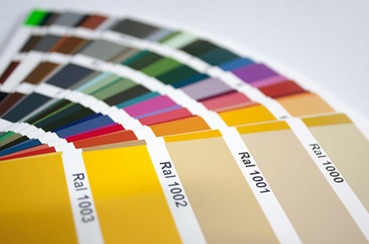
A majority of homeowners prefer a smooth look for their walls and ceilings. Besides looking clean, smooth walls help make the color of the paint stand out. But nowadays, more people are considering textured surfaces for their walls, but wonder what to do if they need a texture patch on interior walls for many reasons.
For some, wall texture is applied out of necessity. But for others, many like to have their walls textured for decorative effect. There are many advantages of textured walls. They can hide flaws, increase visual appeal, add dimension to the room, absorb noise, and never need that much maintenance.
However, textured walls are not impervious to damage. They can still suffer flaws. Fortunately, fixing them is pretty straightforward, but you need a little practice to match the current pattern on your walls.
The first step is to repair any underlying damage to the wallboard or plaster. If there is a hole in the drywall, fix it with a wallboard patch and compound, then let it dry. If the damage is worn or has a gouge penetrating the drywall surface but has not created a hole, fix the area with a spackle or pre-mixed wallboard joint compound. Let the application dry and sand the surface to a smooth finish. Wipe the sanding off with a clean and damp cloth.
Then it’s time to apply the texture to the walls. But first, you need to practice getting it right once you apply the texture to the actual walls. Dilute the pre-mixed wall compound with some water and mix to get the right consistency. Remember, a thin mixture will drip or smear, and you won’t be able to get the texture you want.
Next, get a small piece of ordinary cardboard, plywood, or scrap wallboard. Then spread the wet wallboard compound across the surface. Use a 3/8-inch nap textured roller (or if you don’t have a textured roller, use a roller nap with long fibers) and start practicing your texturing technique. Repeat this process until you’re able to match the current texture on the wall.
Pour some of the wallboard compound into the roller paint tray. Dip your textured roller into the compound and apply a thick layer of it on the wall. Once your walls are covered, it’s time to blend the texture. It’s best to use a stipple brush to refine the texture. If necessary, you may need to dip the stipple brush into the compound mixture. You can also create other textures like swipes or swirls using the stipple brush.
Once you have finished applying the wallboard compound and refining the texture, allow the compound to dry completely. Then prime and paint the surface.
If you don’t have the time to repair textured walls, you may want to hire someone else to do the work. When scouting for painting contractors, ask them if they do texture patch repair. If the walls suffer from significant damage, it’s better to hire painting contractors who have experience repairing textured walls. They are likely to use special equipment (such as a hopper spray gun and air compressor) to cover areas with significant damage.
A texture patch on interior walls will be a great addition to your home. They may not require much maintenance, but there are times that they need to be fixed (such as removing wall anchors that leave holes on the surface). Following the steps above will give your newly repaired and painted walls a seamless finish. But if you don’t have the time for it or deal with significant surface damage that a simple wall compound application won’t suffice, turn to professional paint contractors who repair textured walls when you need a texture patch on interior walls.

